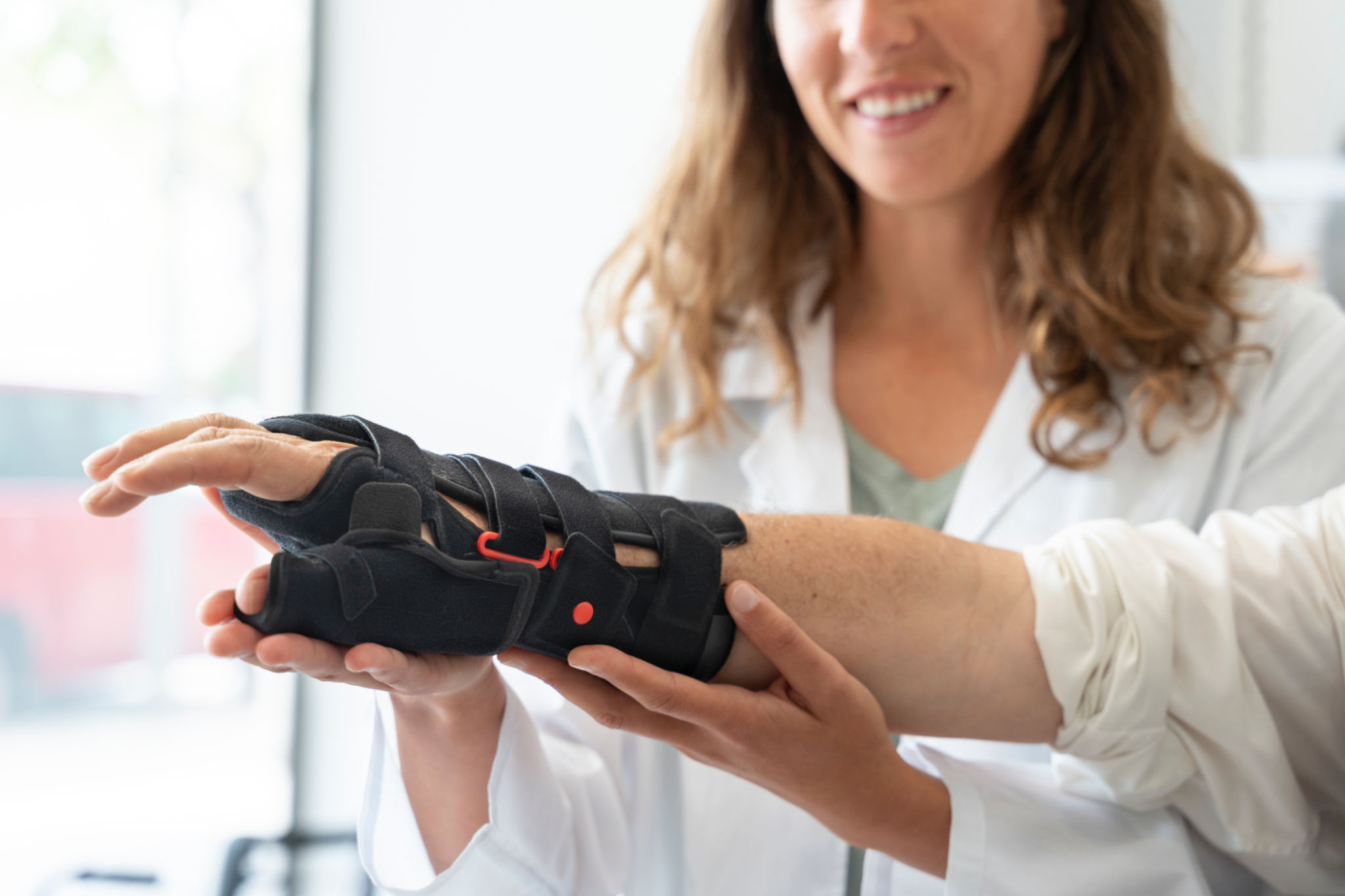Understanding Orthopaedic Product Experience Review Surveys: A Comprehensive Guide
Introduction to Orthopaedic Product Experience Review Surveys
Orthopaedic product experience review surveys are essential tools for both manufacturers and consumers in the medical field. They provide valuable feedback on product effectiveness, durability, and ease of use, which can influence purchasing decisions and product development. Understanding how these surveys work and their impact is crucial for anyone involved with orthopaedic products.

The Importance of User Feedback
User feedback gathered through these surveys is vital for improving orthopaedic products. It offers firsthand insights into how products perform in real-world settings. Manufacturers rely on this information to enhance product design, ensuring that their offerings meet the needs of patients and healthcare providers.
Moreover, these surveys can highlight areas where a product may fall short. This can lead to enhancements that ultimately improve patient outcomes and satisfaction. Therefore, consistently gathering and analyzing feedback is a key practice in the orthopaedic industry.
Components of a Comprehensive Survey
Orthopaedic product experience review surveys typically cover several key areas to gather a well-rounded view of the product's performance. Here are some common components:
- Product Effectiveness: How well does the product perform its intended function?
- Durability: How long does the product last under regular use?
- User Comfort: Is the product comfortable for the user during prolonged use?
- Ease of Use: How easy is it for both patients and healthcare providers to use the product?

Conducting Effective Surveys
To conduct effective orthopaedic product experience review surveys, it's essential to ask clear, concise questions. Open-ended questions can be particularly useful as they allow users to provide detailed feedback. Additionally, using a mix of qualitative and quantitative questions can offer a more comprehensive understanding of user experiences.
Surveys should also be distributed widely to gather diverse perspectives. This can include patients, healthcare professionals, and other stakeholders who interact with the product regularly. The more data collected, the more accurate and actionable the feedback will be.
Analyzing Survey Results
Once surveys are completed, analyzing the data is the next critical step. Look for patterns and common themes in responses, which can indicate areas where improvements are needed or aspects of the product that are performing well. Advanced analytics tools can assist in breaking down large datasets to uncover valuable insights.

Additionally, pay close attention to any outliers or unexpected feedback. These can often lead to innovative improvements or highlight previously overlooked issues. Thorough analysis ensures that the feedback collected is translated into meaningful action.
Implementing Changes Based on Feedback
Implementing changes based on survey feedback is crucial for continuous improvement in orthopaedic products. Manufacturers should develop a plan for addressing identified issues and incorporate user suggestions whenever feasible. This not only enhances the product but also fosters trust and loyalty among users.
Regularly updating products based on feedback demonstrates a commitment to quality and user satisfaction. It also positions manufacturers as responsive and customer-focused, which can be a competitive advantage in the market.
The Role of Technology in Surveys
Technology plays a significant role in modern orthopaedic product experience review surveys. Digital platforms allow for easier distribution and collection of survey data, making it more accessible for users worldwide. These platforms can also facilitate real-time analysis, enabling quicker responses to feedback.

Moreover, advancements in technology have enabled more interactive and engaging survey formats, which can improve response rates and the quality of data collected. Leveraging these technological tools ensures that surveys remain an effective means of gathering user insights.
Conclusion
Understanding orthopaedic product experience review surveys is essential for anyone involved with these products, from manufacturers to consumers. By effectively gathering and utilizing feedback, manufacturers can ensure their products meet the needs of users while fostering innovation and improvement in the orthopaedic field.
The ongoing cycle of feedback and improvement not only enhances product quality but also contributes to better patient outcomes and satisfaction, underscoring the importance of these surveys in shaping the future of orthopaedic care.
